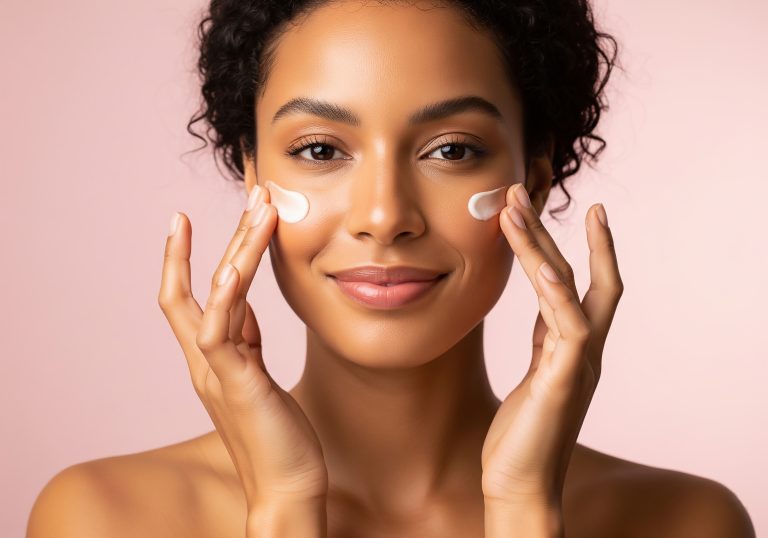Is It Safe for a 2-Year-Old to Eat Microwave Popcorn?

Can a 2-year-old have popcorn? This question often pops up among parents eager to introduce their little ones to new snacks.
With its light and crunchy texture, popcorn seems like a fun treat for toddlers. However, it’s a topic that requires careful consideration.
As parents, we want to provide tasty snacks for our children, but safety must always come first.
This blog post will explore the risks associated with giving popcorn to 2-year-olds, examine expert recommendations, and offer guidance on when and how to introduce this popular snack.
We’ll also look at nutritional aspects and suggest alternatives for young children.
By the end of this article, you’ll clearly understand whether popcorn is suitable for your 2-year-old and how to make informed decisions about your child’s snacks.
Our descriptive piece provides a detailed understanding of whether a 2-year-old can have popcorn, enabling you to make an informed decision.
The Risks of Popcorn for Young Children

Popcorn poses several risks for young children, especially those under 4.
The main concern is the danger of choking. Unpopped and partially popped kernels are particularly risky, as they’re hard and can easily get stuck in a child’s throat.
Even fully popped kernels can be problematic for young children without proper chewing skills.
Another significant risk is aspiration, where small popcorn can be inhaled into the lungs.
This can lead to serious respiratory issues and may require medical intervention.
A case in Denver highlighted this danger when a 2-year-old boy had to have seven pieces of popcorn removed from his lungs after a family movie night.
The American Academy of Pediatrics (AAP) strongly advises against giving popcorn to children under four.
Their list of foods to avoid includes popcorn, hot dogs, nuts, and whole grapes.
Nutritional Aspects of Popcorn
While popcorn isn’t recommended for young children, it does have some nutritional benefits for older kids and adults.
Popcorn is a whole grain that provides fiber and certain nutrients, like zinc and small amounts of vitamin B6. These nutrients support growth, gut health, and the immune system.
However, many commercial popcorn varieties, especially microwave popcorn, are high in sodium and may contain unhealthy additives.
If you’re considering popcorn for older children, choosing low-sodium options or making it from scratch to control the ingredients is best.
Compared to other toddler snacks, popcorn isn’t particularly nutrient-dense. Many safer alternatives offer more balanced nutrition for young children.
When Can Children Safely Eat Popcorn?

Most experts agree that children should be at least four years old before trying popcorn.
However, age isn’t the only factor to consider. Parents should also look for certain developmental milestones:
- Chewing ability: The child should be able to thoroughly chew and grind food with their molars.
- Ability to follow instructions: They should understand and follow directions about eating safely.
- Sitting still while eating: The child should be able to sit and focus on eating without getting distracted.
Every child develops at their own pace so that these skills might develop earlier or later than age 4.
1. Safe Practices for Introducing Popcorn
When you decide it’s time to introduce popcorn, follow these guidelines:
- Ensure constant supervision and create a proper eating environment.
- Teach safe consumption techniques, like eating one piece at a time and chewing thoroughly.
- Remove all unpopped and partially popped kernels before serving.
- Consider modifications to reduce risk, such as removing hulls or using hull-less varieties.
- Avoid serving popcorn during activities that might distract the child, like watching TV.
2. Alternatives to Popcorn for Toddlers
For 2-year-olds, there are many safe and nutritious alternatives to popcorn:
- Puffed rice or corn snacks (unsalted and unsweetened)
- Soft fruits cut into small pieces
- Cooked and cooled vegetables
- Soft cheese cubes
- Whole grain crackers (softened if necessary)
These options provide a variety of textures and flavors while being safer for young children to eat.
Expert Opinions and Real-life Incidents

Pediatricians consistently warn about the dangers of popcorn for young children.
Dr. Alison Tothy, an AAP spokesperson, explains that toddlers lack the back molars to chew popcorn properly, making this problem particularly challenging.
Real-life incidents highlight these dangers—the case of the Denver mom whose 2-year-old son aspirated popcorn serves as a stark reminder.
Initially mistaken for pneumonia, doctors eventually found and removed seven pieces of popcorn from the child’s lungs.
This incident underscores the importance of following expert guidelines and trusting parental instincts when something seems wrong.
Conclusion
Can a 2-year-old have popcorn? The clear answer from experts and real-life experiences is no.
While popcorn can be a tasty snack, it’s not worth the risk for young children.
Parents should wait until their child is four and has developed proper eating skills before introducing popcorn.
Even then, following safe practices and maintaining close supervision is crucial.
Remember, there are many safe and nutritious alternatives available for toddlers.
As parents, our primary concern is our children’s safety and well-being.
By making informed choices about snacks and following expert guidelines, we can ensure our little ones enjoy their food safely.
Always trust your instincts as a parent, and when in doubt, consult with your pediatrician about the best snack options for your child’s age and development stage.






